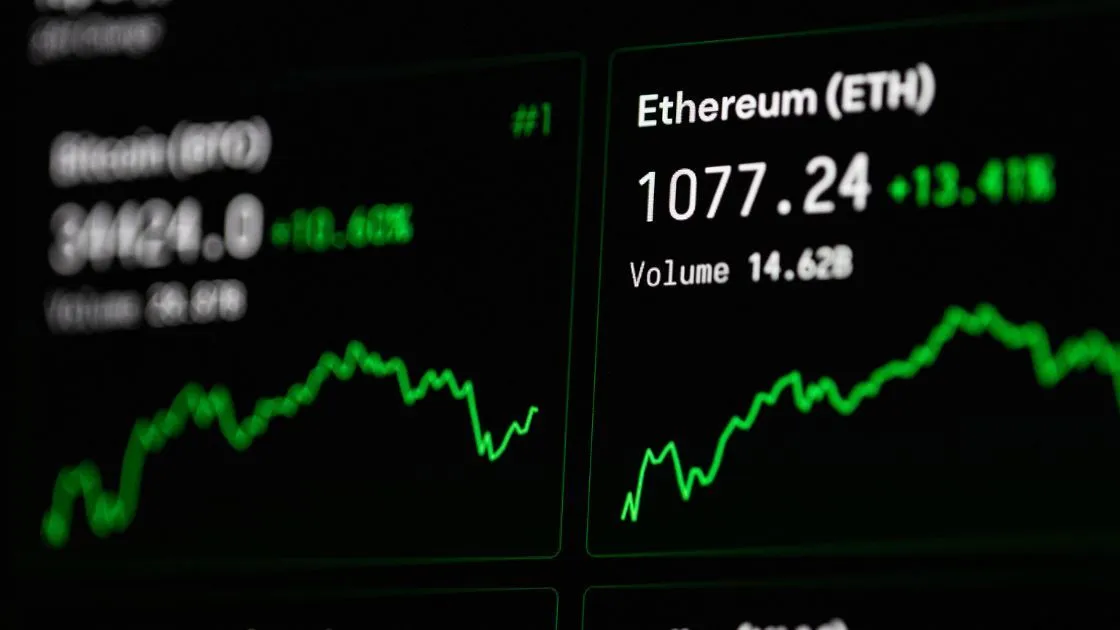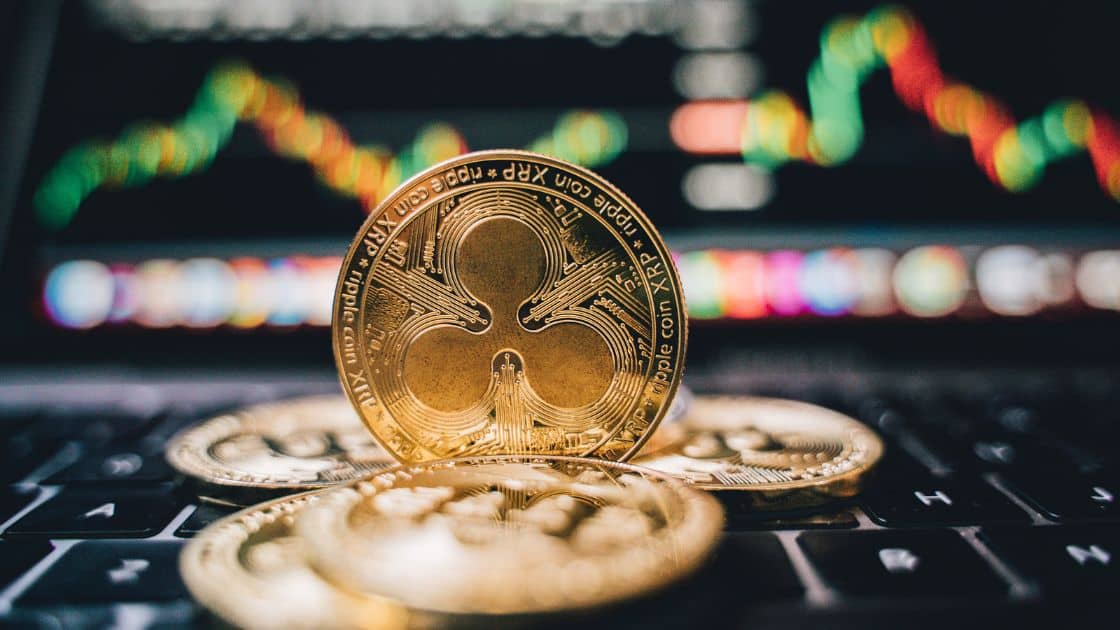Friday Mar 1 2024 08:34

12 min

Decentralized exchanges (DEXs) have gained significant popularity in the world of cryptocurrency trading. Unlike traditional centralized exchanges, DEXs offer users a more secure and transparent way to trade digital assets.
In this article, We will provide a comprehensive comparison between two prominent DEXs: Uniswap and Pancake Swap.
Uniswap is a decentralized protocol built on the Ethereum blockchain. It allows users to trade ERC-20 tokens directly from their wallets without the need for intermediaries. Uniswap operates on an automated market maker (AMM) model, utilizing liquidity pools instead of order books.
This means that users can trade tokens instantly without relying on buyers or sellers to match their orders.
The key advantage of Uniswap is its simplicity and ease of use. It provides a user-friendly interface that enables even beginners to navigate the platform effortlessly. Uniswap also boasts high liquidity and a wide range of supported tokens, making it a popular choice among traders.
Pancake Swap, on the other hand, is a decentralized exchange built on the Binance Smart Chain (BSC). It is often referred to as the "Uniswap of BSC" due to its similarities in functionality.
Pancake Swap offers users the ability to trade BEP-20 tokens, which are native to the Binance Smart Chain.
One of the main advantages of Pancake Swap is its significantly lower transaction fees compared to Uniswap. This is primarily due to the Binance Smart Chain's lower congestion and higher scalability.
Pancake Swap also features an intuitive user interface and a growing list of supported tokens, making it a popular choice for traders looking for lower fees and a wide variety of options.

Uniswap offers several key features that make it an attractive option for traders. Firstly, it operates on a decentralized model, meaning that users have full control over their funds and trades. There is no need to trust a central authority, as all transactions are executed through smart contracts on the Ethereum blockchain.
Secondly, Uniswap utilizes liquidity pools to facilitate trades. Users can provide liquidity to these pools by depositing tokens, and in return, they receive a share of the transaction fees. This process, known as yield farming, allows users to earn passive income by contributing to the liquidity of the platform.
Lastly, Uniswap has a high level of token availability and trading volume. As one of the first DEXs to gain widespread adoption, Uniswap has attracted a large number of projects and traders. This means that users have access to a wide range of tokens and can easily find liquidity for their trades.
Pancake Swap shares many similarities with Uniswap but also offers some unique features. One of the key advantages of Pancake Swap is its lower transaction fees. As mentioned earlier, this is due to the Binance Smart Chain's scalability and lower congestion compared to the Ethereum network.
In addition to lower fees, Pancake Swap also offers yield farming opportunities through its liquidity pools. Users can provide liquidity and earn CAKE tokens, the native token of the Pancake Swap platform. This incentivizes users to contribute to the liquidity of the platform and helps maintain a healthy trading environment.
Pancake Swap also provides a user-friendly interface, making it easy for traders to navigate and execute their trades. The platform's growing list of supported tokens ensures that users have a wide range of options to choose from and can easily find liquidity for their trades.
Uniswap's liquidity pools play a crucial role in facilitating trades and providing liquidity to the platform. Users can contribute to these pools by depositing an equal value of two tokens. In return, they receive liquidity provider (LP) tokens, which represent their share of the pool. LP tokens can be staked to earn trading fees and additional tokens as rewards.
Yield farming on Uniswap involves staking LP tokens in various farming pools to earn additional tokens. Different projects may offer incentives to attract liquidity to their pools, providing an opportunity for users to earn higher yields.
However, it's important to note that yield farming carries inherent risks, such as impermanent loss, which can result in a decrease in the value of the deposited tokens.
Pancake Swap follows a similar liquidity pool model to Uniswap. Users can provide liquidity by depositing equal values of two tokens into the pools and receiving LP tokens in return. These LP tokens can be staked to earn CAKE tokens and other rewards.
Pancake Swap also offers yield farming opportunities through its Syrup Pools. By staking CAKE tokens, users can earn a variety of other tokens as rewards. The platform regularly introduces new Syrup Pools, allowing users to diversify their farming strategies and maximize their yield.

Transaction fees on Uniswap and Pancake Swap differ primarily due to the underlying blockchain networks they operate on. Uniswap operates on the Ethereum network, which is known for its high transaction fees during periods of network congestion. As a result, traders using Uniswap may experience higher fees, especially when trading less liquid tokens.
Pancake Swap, on the other hand, operates on the Binance Smart Chain, which has significantly lower transaction fees compared to Ethereum. This makes Pancake Swap a more cost-effective option for traders, especially for those who frequently trade smaller amounts or less liquid tokens.
Security is a critical factor to consider when choosing a decentralized exchange. Both Uniswap and Pancake Swap have taken steps to ensure the security of their platforms.
Uniswap has undergone several audits by reputable security firms, providing a level of confidence in the protocol's security. However, it's important to note that audits do not guarantee the absence of vulnerabilities or potential risks.
Pancake Swap has also undergone audits and has implemented additional security measures to protect user funds. The platform's development team is actively engaged in maintaining and improving security standards.
Both Uniswap and Pancake Swap offer intuitive and user-friendly interfaces. Uniswap's interface is designed to be simple and easy to navigate, making it accessible to traders of all experience levels. The platform provides clear instructions on how to execute trades and interact with liquidity pools.
Pancake Swap's interface follows a similar design philosophy, offering a user-friendly experience. The platform's interface is optimized for speed and efficiency, allowing traders to quickly execute their trades and manage their liquidity positions.
Uniswap has a significant advantage in terms of token availability and trading volume. As one of the first DEXs to gain widespread adoption, Uniswap has attracted a large number of projects and traders.
This means that users have access to a wide range of tokens and can easily find liquidity for their trades.
Pancake Swap, while growing rapidly, still has a smaller selection of tokens compared to Uniswap. However, the platform has been successful in attracting popular projects and has seen a significant increase in trading volume. As the Binance Smart Chain ecosystem continues to expand, Pancake Swap's token availability and trading volume are expected to grow further.
Uniswap offers several advantages, including its simplicity and ease of use, high liquidity, and a wide range of supported tokens. However, it is important to consider the platform's high transaction fees during periods of network congestion.
Additionally, Uniswap operates on the Ethereum network, which may limit scalability and result in slower transaction confirmations.
Pancake Swap's main advantages lie in its lower transaction fees, intuitive user interface, and growing list of supported tokens. However, the platform is relatively new compared to Uniswap and may carry additional risks associated with its underlying blockchain network. Traders should also consider the potential for lower liquidity compared to Uniswap.
Both Uniswap and Pancake Swap offer unique advantages and cater to different user preferences. Uniswap is a well-established DEX with high liquidity and a wide range of supported tokens. It is ideal for traders who prioritize token availability and are willing to pay higher fees.
On the other hand, Pancake Swap provides lower transaction fees, an intuitive interface, and a growing list of supported tokens. It is a popular choice among traders looking for cost-effective trading options and a wide variety of tokens.
Ultimately, the choice between Uniswap and Pancake Swap depends on individual trading preferences, risk tolerance, and the specific tokens being traded. Traders are encouraged to carefully evaluate the features, advantages, and risks of each platform before making a decision.
Become a member of markets.com and access a cutting-edge trading platform.
“When considering “CFDs” for trading and price predictions, remember that trading CFDs involves a significant risk and could result in capital loss. Past performance is not indicative of any future results. This information is provided for informative purposes only and should not be considered investment advice.”